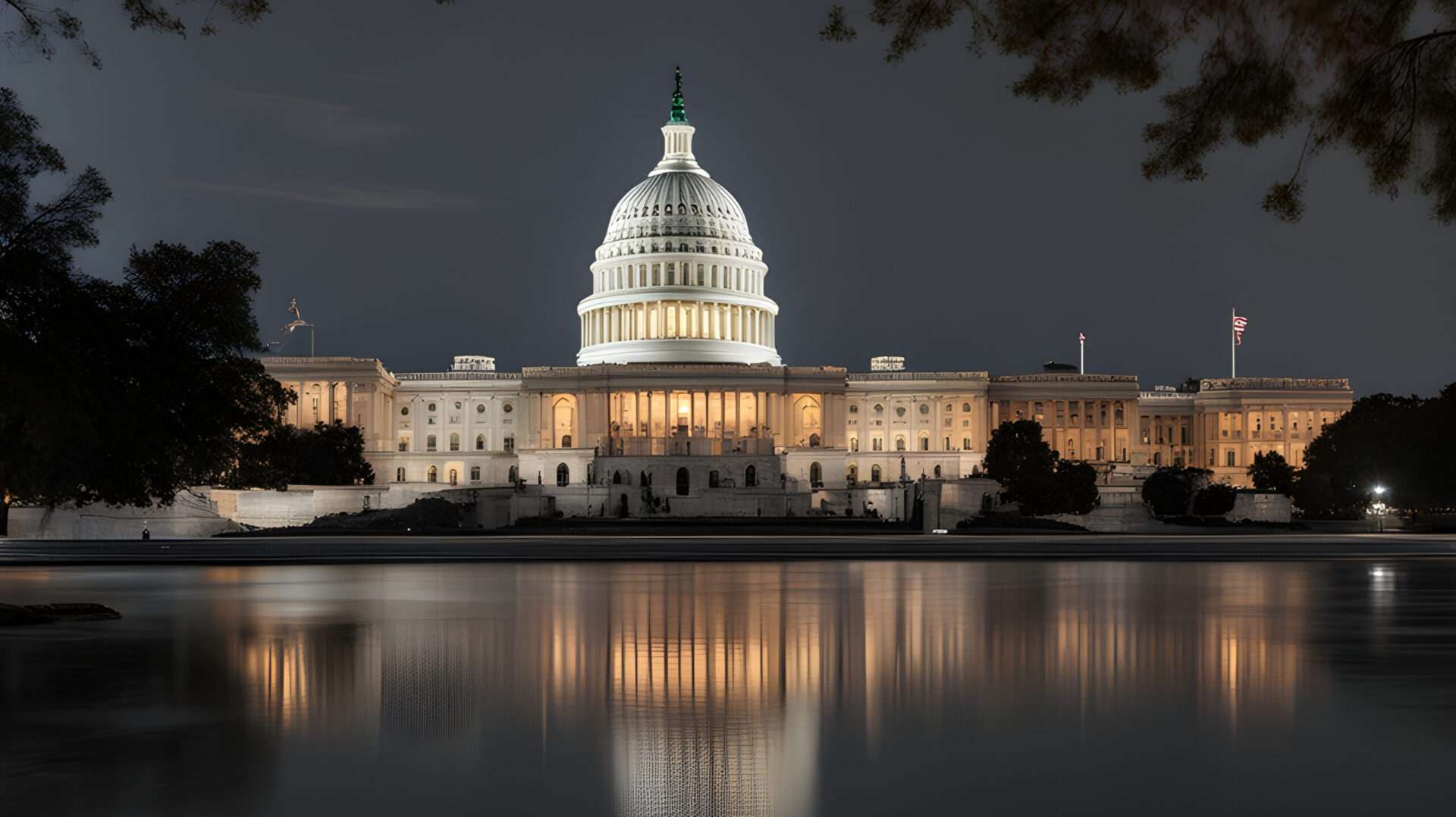Note: Political Awareness’s published communication is never authorized by any candidate or their committees.
What Would Happen if Harris and Trump Tie in the Electoral College?
As the political landscape continues to evolve, the hypothetical scenario of a tie between two major candidates in the Electoral College—specifically, Kamala Harris and Donald Trump—raises intriguing questions about electoral processes, constitutional stipulations, and potential outcomes. A tie in the Electoral College is an unlikely but not impossible situation, and understanding its ramifications is crucial for grasping American democracy’s intricacies.
The Basics of the Electoral College
The Electoral College consists of 538 electors. To win the presidency, a candidate must secure a majority of the electoral votes, which is currently set at 270. In this system, each state’s number of electors corresponds to its congressional representation. Thus, not all states carry the same weight in an election; larger states have more influence due to their greater number of representatives.
The Possibility of a Tie
A direct tie in the Electoral College would mean that both Kamala Harris and Donald Trump receive exactly 269 electoral votes each. Although the likelihood of this scenario is minimal—given the diverse nature of state-by-state voting patterns—it becomes important to consider the constitutional framework that would govern such an unprecedented situation.
Constitutional Provisions
If a tie occurs in the Electoral College, the United States Constitution outlines the procedure for resolving the deadlock. Specifically, Article II, Section 1, Clause 3 specifies that if no candidate receives a majority of electoral votes, the election of the president is determined by the House of Representatives, while the Senate would elect the vice president.
The House of Representatives would act as follows:
1. State Delegations: Each state delegation gets one vote. Thus, if a state has many representatives but the delegation is not united behind a single candidate, they effectively count as one vote. This means that smaller states could have an outsized influence in this scenario.
2. Voting Process: The voting in the House would take place until one candidate receives a majority of the state votes. With 50 states, a candidate would need 26 votes to win.
3. Duration: The House must select a president by January 20, when the current president’s term expires. If they cannot reach a decision by then, the 20th Amendment stipulates that the vice president-elect would serve as acting president until a president is chosen.
Potential Dynamics
In the event of a tie, the practical dynamics of how representatives might vote come into play. Given the current polarization in U.S. politics, the prospects for consensus could be slim. If party loyalty prevails, it might lead to a situation where the House remains divided along party lines, complicating the selection process.
Additionally, national sentiment and public opinion could exert pressure on representatives, potentially swaying their votes based on perceived voter intentions. This could be particularly relevant in states where the results hinged on narrow margins, for example.
The Senate’s Role
While the House elects the president, the Senate would be tasked with electing the vice president. Each senator casts one vote, meaning that the party composition of the Senate could lead to a significant influence over who ultimately takes office. If the Senate remains divided, it too could encounter difficulties in reaching a conclusion, exacerbating the deadlock.
Implications of a Tied Election
A tied Electoral College would not only create constitutional and procedural dilemmas but also significant political and social repercussions. Tension and division within the country could intensify, leading to widespread protest and unrest. The legitimacy of the electoral process could come under scrutiny, prompting calls for reforms to the Electoral College. Additionally, such an event might spur discussions about possible alterations to electoral structures and voting methodologies.
Conclusion
While a tie in the Electoral College between Kamala Harris and Donald Trump is an unlikely scenario, it underscores the complexities and potential conflicts inherent in the American electoral system. Such an event would challenge not only the established norms of political behavior but also the constitutional frameworks intended to safeguard the democratic process. As the nation navigates this ever-evolving political landscape, understanding these mechanisms will be crucial for any future electoral endeavors.
The possibility of a tied election in the modern era raises important questions about the design of the Electoral College and its impact on American democracy. While the founding fathers envisioned a system that balanced popular will with a safeguard against factionalism. The realities of 21st-century politics challenge the efficacy of that vision. As we approach future elections, it is crucial to engage in meaningful discussions about potential reforms that could help mitigate the risks associated with electoral ties.

Leave a Reply